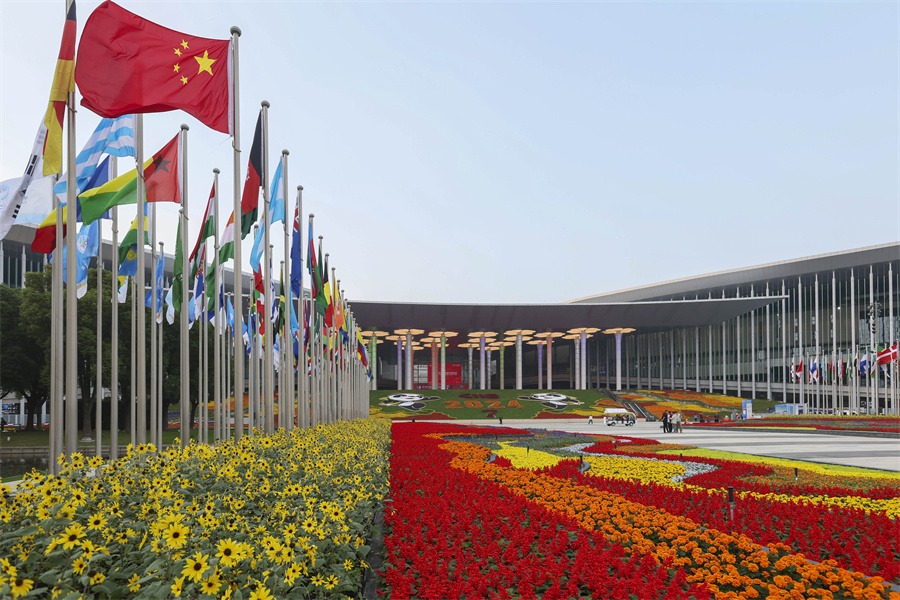Inbound travel set to continue recovery trend
Optimized visa policy, nation's positive image attracting more foreign tourists
By Cheng Si | China Daily | Updated: 2024-09-12 07:09

Experts have estimated that China's inbound tourism market will maintain its continuous recovery for the rest of the year and could return to the pre-COVID level reached in 2019, in view of its good performance in the first half of the year.
The latest figures from the National Immigration Administration showed that foreigners made about 14.64 million trips to the Chinese mainland in the first six months of 2024. The China Tourism Academy estimated that about 11 million of those trips were for tourism purposes — a number that is roughly 70 percent of the figure for the same period in 2019.
In 2019, foreign tourists made 31.88 million visits to the mainland, and the total number of inbound visits was 145 million, including trips from the Hong Kong and Macao special administrative regions and Taiwan.
The results were due to factors including the optimized visa policy, the addition of international flights and China's positive tourism image in the world, the China Tourism Academy said in a report released on Tuesday.
According to the report, China has so far implemented a unilateral visa-free policy for 16 countries and regions, and has mutual visa exemption agreements with 24 countries. In addition, the extended 144-hour visa-free transit policy allows travelers from 54 eligible countries, including Austria, Belgium and Canada, to stay for six days in certain Chinese cities without a visa by entering and exiting at 37 Chinese ports such as Beijing, Shanghai and Changsha, the capital of Hunan province.
International flights have continued to resume. The report said that in the first half year of 2024, the Chinese mainland operated flights with 73 countries and regions and the Hong Kong and Macao SARs, matching that of 2019. As of late June, the number of the nation's regular international flights had recovered to about 70 percent of the level in 2019.
The report also noted that foreign travelers have increasingly shown a preference for individual trips rather than group tours, and they also have greater interest in experiencing the down-to-earth life of local Chinese people or getting involved in traditional cultural activities.
It added that social media has played the role of a trendsetter by shaping foreigners' travel preferences, with more foreign bloggers sharing their experiences in China and turning "China travel" into a global tourism bandwagon.
Wang Wei, chairman of HiSEAS International Tourism Group, which is based in Chengdu, Sichuan province, said: "Chongqing, in southwestern China, is very popular on TikTok, bringing us a large number of customers from Southeast Asia."
Wang said that the company began channeling its efforts into the inbound tourism business last year and has so far handled around 400,000 trips by foreign travelers.
"The number of travelers from Southeast Asia to the mainland is experiencing impressive growth, and the number from Europe is seeing a steady recovery. We've also seen that Central Asia is a new market with greater potential," Wang said.
Dai Bin, president of the China Tourism Academy, estimated that, based on the flourishing market and optimized entry policies, China's inbound tourism might recover in the second half of the year to the same level of that in 2019, entering a new period of prosperity.
Yang Jinsong, director of the academy's international institute, said he is confident about the development of China's inbound tourism market, adding that more professional and effective advertising to the world and creative tour products and services will help China win the hearts of more foreign travelers.
"We've found that in addition to those traditionally popular domestic destinations such as Beijing, Shanghai and Guangzhou in the southern province of Guangdong, with (the nation's) higher global reputation, foreign travelers have set their sights on exploring other niche places or second- and third-tier cities in China, thanks to these cities' popularity on social media and China's sound transportation network for traveling," he said.
























